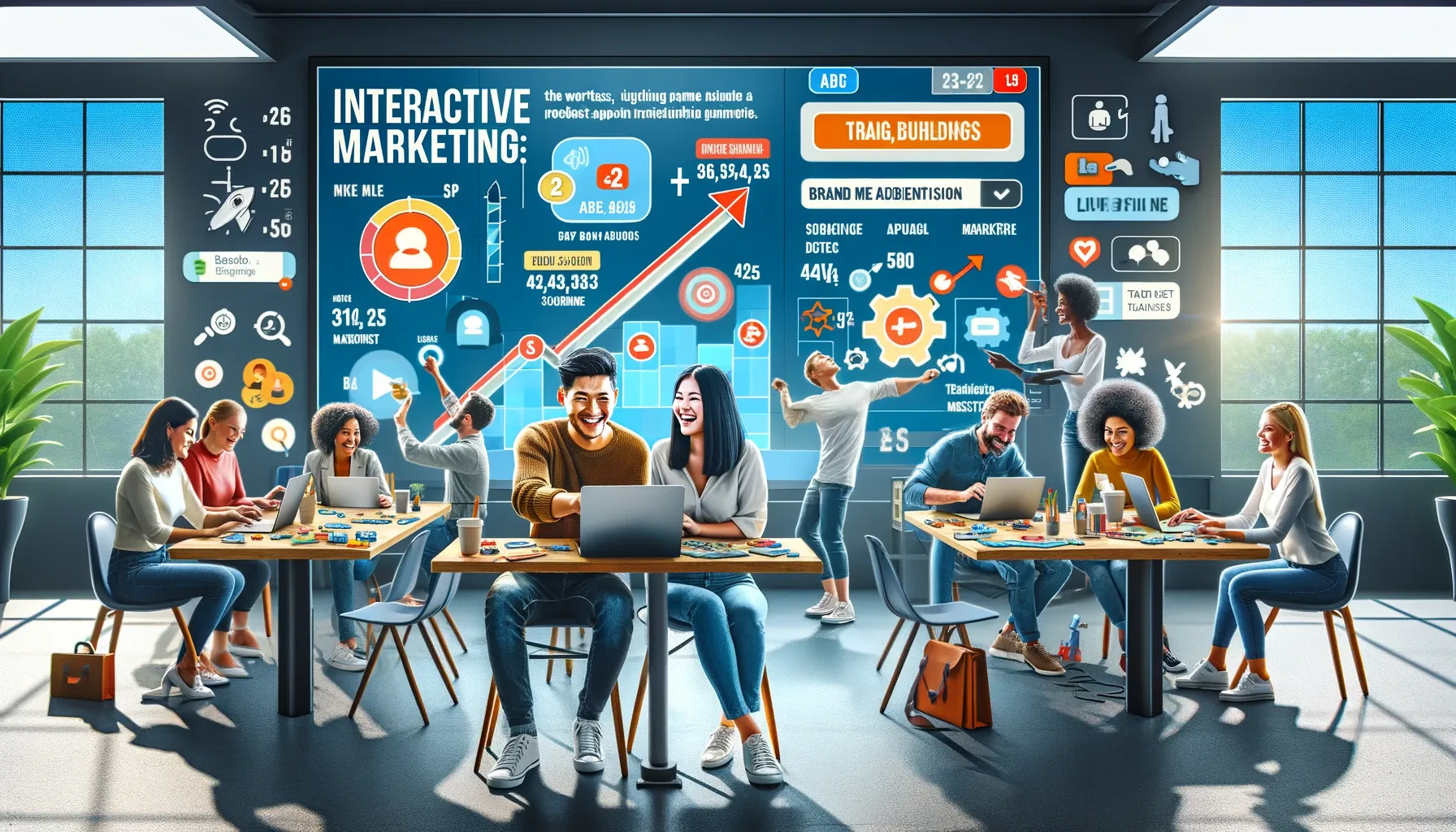In today's rapidly evolving digital landscape, marketers need to constantly adapt and innovate to stay ahead of the competition. One powerful tool that can significantly enhance your marketing strategy is the use of personalization engines. By leveraging the capabilities of personalization engines, marketers can deliver highly tailored and relevant experiences to their customers, resulting in increased engagement, higher conversion rates, and improved customer loyalty.
Understanding Personalization Engines
Before we dive into the benefits and key features of personalization engines, let's first have a clear understanding of what exactly a personalization engine is. Simply put, a personalization engine is a technology that uses algorithms and data-driven insights to customize the content and messaging delivered to each individual customer. This enables marketers to create personalized experiences that resonate with their target audience on a deeper level.
What is a Personalization Engine?
A personalization engine is a sophisticated software solution that combines artificial intelligence, data analytics, and machine learning algorithms to collect, analyze, and interpret customer data in real-time. By understanding individual customer preferences, interests, and behaviors, personalization engines can dynamically adapt the content and messaging displayed to each customer.
The Role of Personalization Engines in Marketing
Personalization engines play a crucial role in marketing by enabling marketers to deliver the right message to the right person at the right time. By tailoring the customer experience to individual preferences, personalization engines can significantly enhance customer engagement and satisfaction, which in turn drives brand loyalty and repeat business.
The Benefits of Using Personalization Engines
Now that we have a solid understanding of what personalization engines are and their role in marketing, let's explore the benefits they offer to businesses.
Enhancing Customer Experience
One of the key benefits of utilizing personalization engines is the ability to create highly personalized and relevant experiences for customers. By delivering content and recommendations based on their unique preferences and behaviors, brands can foster a deeper connection with customers, leading to increased satisfaction and loyalty.
Boosting Marketing Efficiency
Personalization engines also provide marketers with the ability to automate and optimize their marketing campaigns. By leveraging real-time customer data and insights, marketers can deliver targeted messages and offers at the most opportune moments, improving conversion rates and campaign performance.
Increasing Sales and Revenue
By delivering personalized experiences and tailored offers, personalization engines have been shown to have a significant impact on sales and revenue. Studies have consistently shown that personalization drives higher conversion rates, increased average order values, and improved customer lifetime value.
Key Features of Personalization Engines
Now that we understand the benefits of personalization engines, let's take a closer look at the key features that make them such powerful tools for marketers.
Real-Time Data Processing
Personalization engines harness the power of real-time data processing to collect, analyze, and interpret customer data instantaneously. This enables marketers to deliver personalized experiences and recommendations in real-time, ensuring that each customer interaction is relevant and timely.
AI and Machine Learning Capabilities
Central to the success of personalization engines is their ability to leverage artificial intelligence and machine learning algorithms. By continuously learning from customer interactions and feedback, personalization engines can improve their recommendations and predictions over time, delivering increasingly accurate and tailored experiences to customers.
Multichannel Integration
Personalization engines can seamlessly integrate with various marketing channels and touchpoints, ensuring a consistent and personalized experience across all customer interactions. Whether it's through email, social media, websites, or mobile apps, personalization engines can deliver tailored content and messaging wherever the customer may be.
Implementing Personalization Engines in Your Marketing Strategy
Now that we have explored the benefits and key features of personalization engines, let's discuss how you can effectively implement them in your marketing strategy.
Choosing the Right Personalization Engine
When selecting a personalization engine, it is crucial to consider your specific business needs, budget, and technical requirements. Look for a solution that offers advanced capabilities, seamless integration with your existing systems, and reliable support to ensure a smooth implementation process.
Integrating Personalization Engines with Existing Systems
To fully unlock the power of personalization engines, it is important to integrate them with your existing marketing and data management systems. This allows for seamless data flow and ensures that the personalization engine has access to the necessary customer data to deliver personalized experiences.
Measuring the Success of Personalization
Finally, it is essential to establish clear metrics and key performance indicators to measure the success of your personalization efforts. Monitor key metrics such as customer engagement, conversion rates, and revenue generated to evaluate the effectiveness of your personalization engine and make necessary adjustments to your marketing strategy.In conclusion, personalization engines have the power to revolutionize your marketing strategy by delivering highly tailored and relevant experiences to your customers. By understanding the benefits and key features of personalization engines and implementing them effectively in your marketing strategy, you can unlock new opportunities for growth, engagement, and success in today's competitive landscape.

